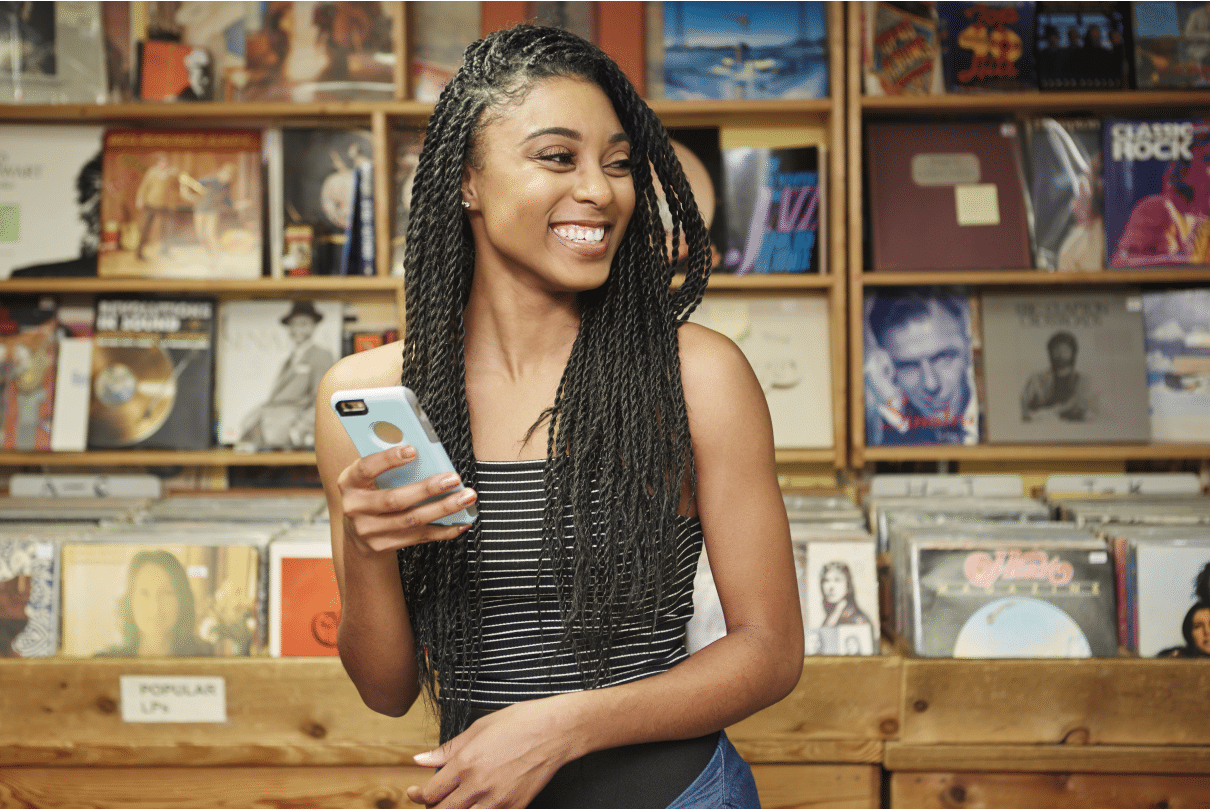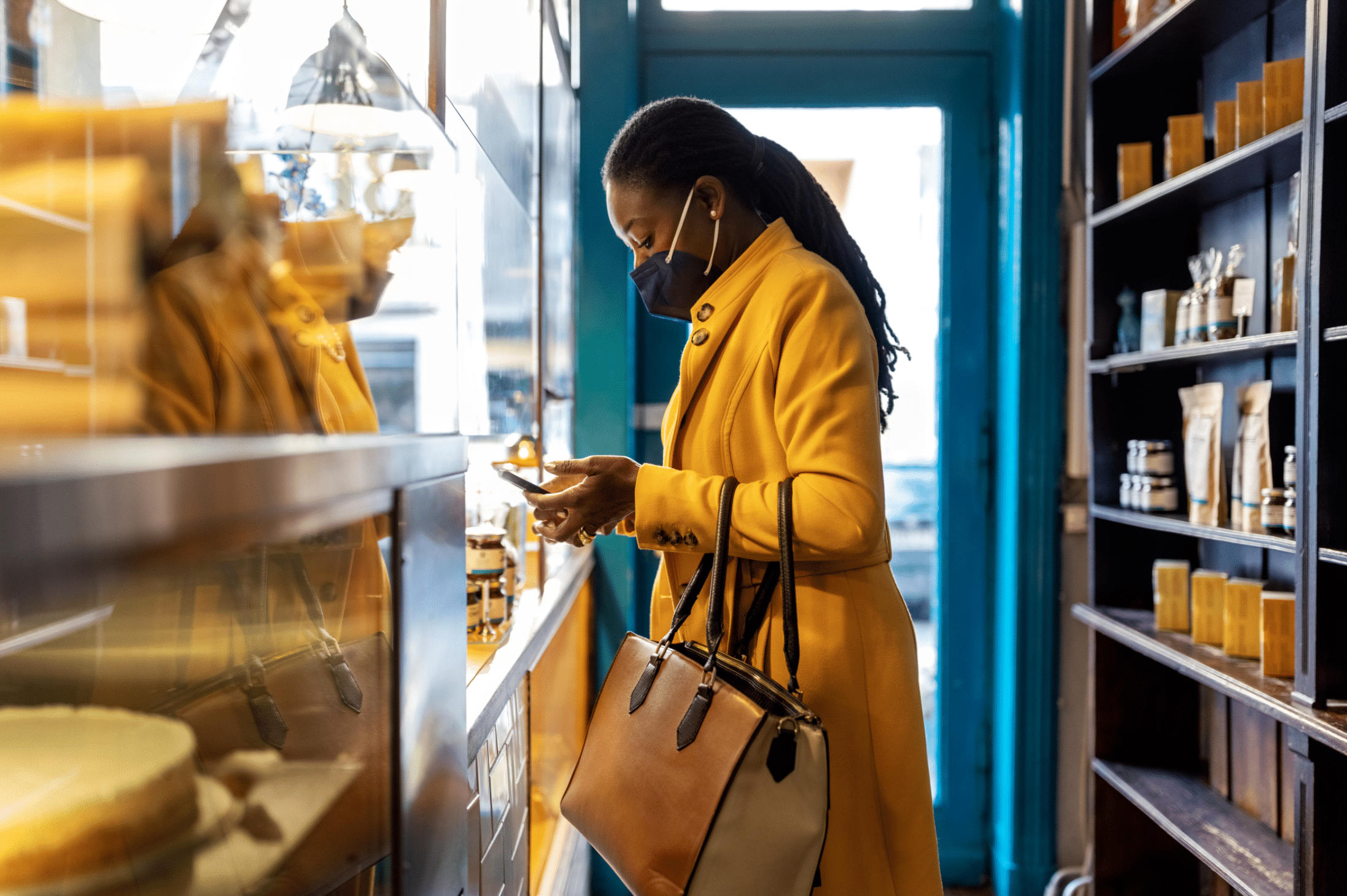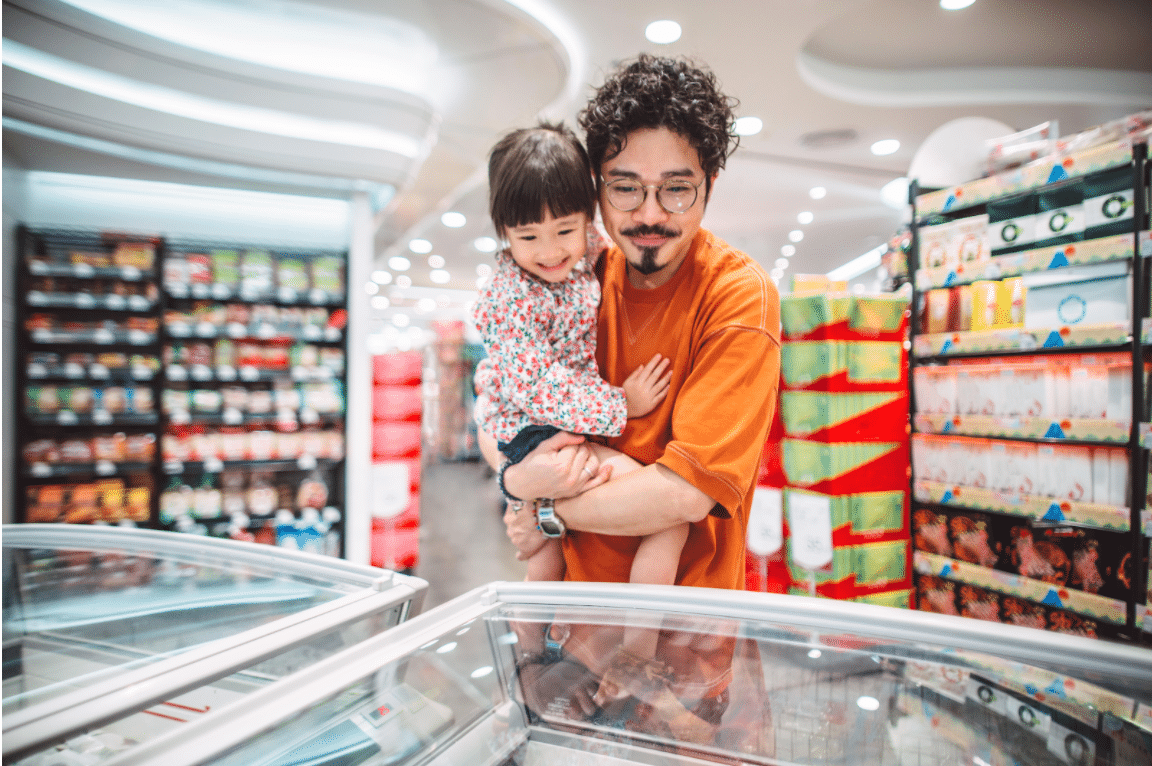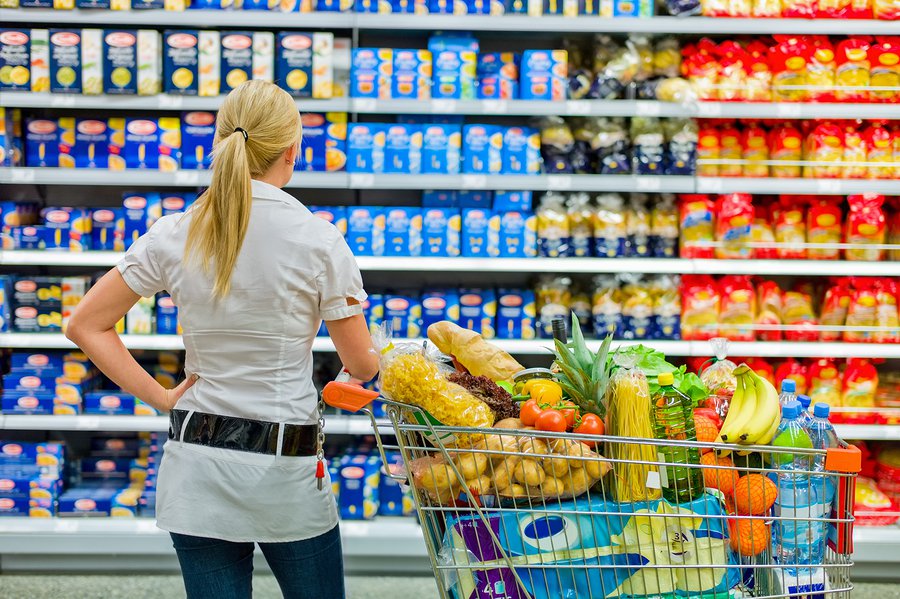For many consumers, omnichannel is taking new shape as the general perception of “online or instore” is growing to include new interaction options. And to thrive in this new era of retail, brands must take notice.
Contactless, buy online pickup in store, curbside, touchless — all of these innovations were on a slow drip until 2020. But today, these omnichannel methods of shopping are table stakes because of customers’ shifting expectations. People simply like choosing how they shop — whether having goods delivered to their door, placed in their trunk or physically going into the store to get items the “old school” way.
And while, at one point, most shoppers had their preferred way of engaging with a brand, that’s changed too, as most spend money at their favorite brands from several different touchpoints, depending on schedules and comfort levels.
The key is to create a seamless customer experience catering to multi channel shoppers whose touchpoints are constantly changing. Retailers who can pull this off are much more likely to draw them in and keep them coming back for more.
Pleasing shoppers who want it all
Recent research shows BOPIS and curbside pickup adoption has increased for 78% of shoppers since COVID-19’s onset, and 69% expect to continue using these favorite darlings. And why not? Shoppers strapped for time or concerned for their safety can order goods from home and easily pick them up from the parking lot, never having to leave their car. BOPIS and curbside options enable customers to see products before purchasing, avoid shipping costs and return items when they don’t work out — the top reasons cited for choosing this route.
However, while these methods have certainly gained in popularity this past year, nearly half (46%) of consumers surveyed in Raydiant’s State of Consumer Behavior 2021 report that, when given the choice, they prefer in person rather than online shopping. One-third like shopping inside physical stores because they want to look at, feel and interact with products, while one-fourth enjoy the in-person shopping experience.
And while consumers want to get their hands on products they plan to purchase, 87% of shoppers prefer shopping with retailers who’ve invested in touchless of robust self-checkout options. Stores are taking note: touch-free options increased for 69% of retailers in the first six months of 2020 — a trend that is here to stay.
Providing the Perfect Mix
It might seem like serving omnichannel shoppers requires retailers to do it all. But truly, the retail landscape is always changing, and what’s going on in retail creates challenges and opportunities for retailers to expand customer service and branding alike. To attract today’s shopper, the perfect mix is in order.
According to the National Retail Federation, the most successful retailers are those best responding to newer shopping preferences that include curbside, contactless payment choices, enhanced loyalty rewards, strong customer care and clear communication. The latter includes letting customers know of changes in returns policies, store hours and health and safety precautions being taken to protect them and employees, too.
Offering modern, touchless payment methods such as Apple Wallet and Google Pay will also please many shoppers — particularly millennials and Gen Z’ers.
Changing with the times
It’s an exciting time to be in retail as there are so many ways consumers want to shop, whether through contactless, in-store options, BOPIS or curbside. Embracing the change will enhance CX and will help draw shoppers in, regardless of how their needs continue to evolve.
In sum, I’d like to share a quote from John F. Kennedy that is fitting for today’s shifting retail landscape: “Change is the law of life. And those who look only to the past or present are certain to miss the future.”
Tom Ertler is SVP, creative director at Miller Zell
This article was written by Tom Ertler from Retail Customer Experience. News Features and was legally licensed through the Industry Dive publisher network. Please direct all licensing questions to [email protected].












